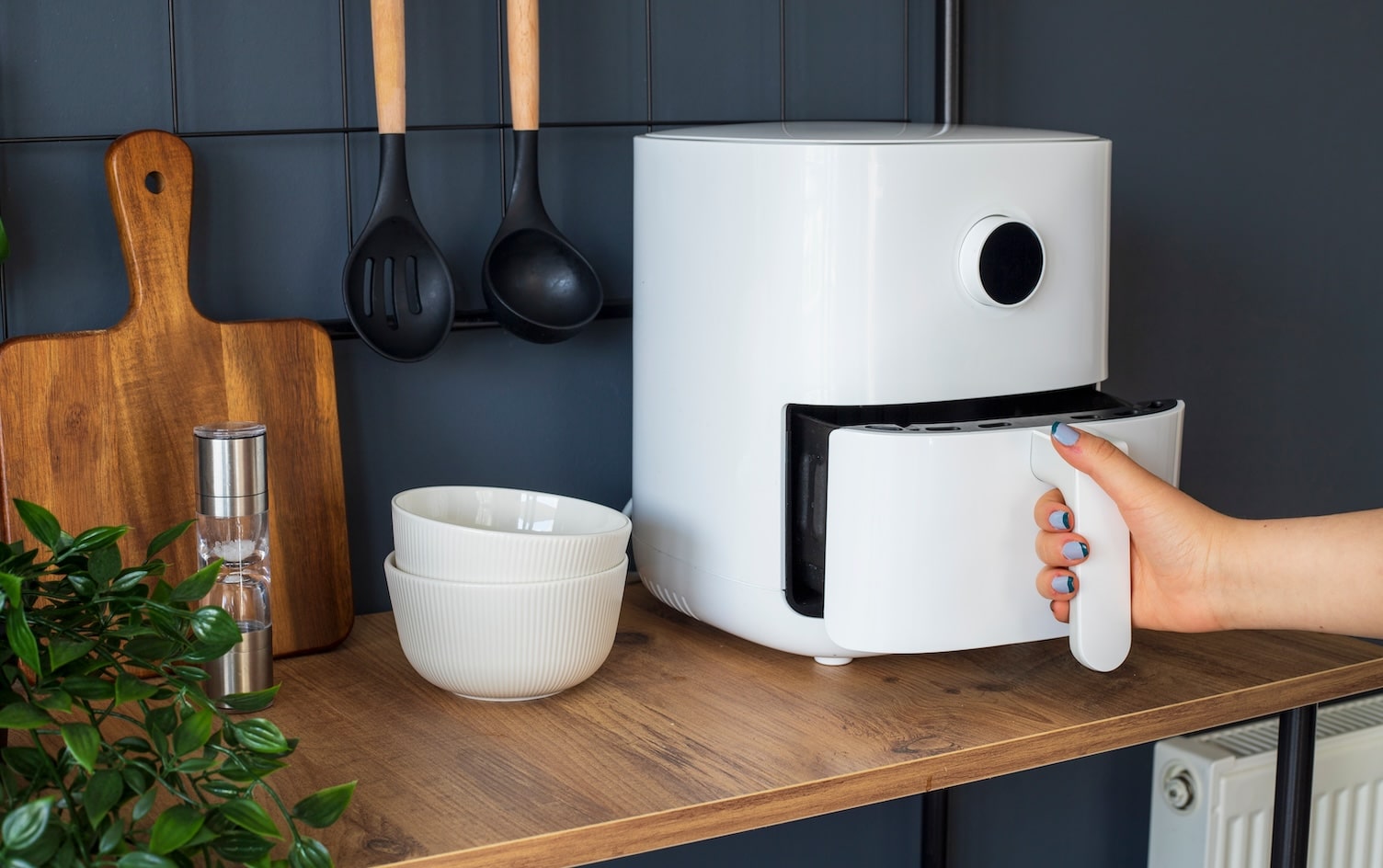When it comes to performance and flavor, not all cooking oils are created equally. Some oils perform beautifully at high temperatures, making them ideal for frying or sauteéing. Others are super flavorful but become rancid when heated.
How can you tell which is which? How can you choose them? Store them? How long will they last? Here’s a quick guide to navigating the big bold world of cooking oils.

OLIVE OIL
Light (Sometimes Called “Pure” or “Regular”) Olive Oil: All olive oil is made by crushing olives into a paste and extracting the excess water from the mixture. The remaining product is olive oil. This can be done on a stone press, but on a commercial scale, is often completed with high-tech steel machinery, and light olive oils are then treated with chemical solvents to neutralize the flavors. This kind of olive oil is lighter in color and taste, but not lower in calories or fat than extra-virgin olive oil, though it is typically less expensive. This oil has a has a smoke point of 465–470ºF (240–243ºC), which makes it ideal for high-heat cooking. It can also be used in salad dressings.
Extra-Virgin Olive Oil: Unlike light olive oil, chemical solvents are not added. Once the olives are pressed and the oil is extracted, you’re left with extra-virgin olive oil; robust in flavor, it typically has a buttery, spicy, fruity or grassy taste depending on where the olives were grown. Extra-virgin olive oil’s lower smoke point (about 325ºF/162ºC) means it’s not great for cooking (though, it works for frying eggs). Save it for vinaigrettes and finishing.
PEANUT OIL
Pale in color and with a nutty scent and powerful flavor, peanut oil can go rancid quickly so it needs to be stored in a cool, dry place and used within a couple of months. It’s recommended for high-heat cooking (it has a smoke point of 450ºF/232ºC) and pairs well with complementary flavors like those used in Asian cuisines. It’s a great stand by for stir-fries.
CORN OIL
Refined corn oil is often used in frying, thanks to its smoke point of 450ºF (232ºC). It has a neutral flavor and is used frequently in commercial kitchens, thanks to its low price point. This a good substitute for vegetable or canola oil at home, specifically for frying tasks.
COCONUT OIL
Coconut oil is highly versatile, but solid at room temperature, which means it’s a terrific substitute for butter — its solid-state texture is similar to butter making it a great substitute in non-dairy baking. It’s also great for moderate-heat roasting because it melts easily. It has a lower smoke point, at 350ºF (177ºC), so it’s not great at high-heat and the smoke point should be strictly abided.
VEGETABLE OIL
Typically a blend of many different refined oils, this neutral-tasting and smelling oil has a smoke point of about 400ºF/204ºC (although it can vary, depending on the oils used in the blend). It doesn’t add much flavor, so it’s great for high-heat sautéing and frying.
CANOLA OIL
Pressed from the rapeseed plant, canola oil is similar to vegetable oil in flavor, color, smoke point and usage qualities. Both canola and vegetable oil can be used in salad dressings and they won’t solidify in cold temperatures like extra-virgin olive oil. This oil will go rancid in about one year — your nose will tell you when it’s time to toss the bottle. Store in a cool, dark place, away from the stovetop and oven.
GRAPESEED OIL
Grapeseed oil is light green in color, and is prized by restaurant chefs for its high smoke point (420ºF/216ºC) — but also for its clean, plays-well-with-others taste. It’s often used in vinaigrettes because it is less expensive than extra-virgin olive oil and allows other ingredients (like specialty oils or herbs) to shine.
AVOCADO OIL
High in monounsaturated fat (typically touted as a “good” fat), avocado oil has a smoke point of about 520ºF (271ºC), which makes it an efficient pantry item: Use it for sautéing, roasting, searing and vinaigrettes alike. There’s no need to refrigerate it when opened, although it should be stored in a cool, dark cupboard.
SUNFLOWER SEED OIL
This often overlooked oil is a high-heat powerhouse with a smoke point of 440–450ºF (227–232ºC), sunflower oil is the pantry hero for all things sear- and sauté-related. It does turn rancid quicker than other oils, so store it in a cool place and use within a year, max.
SESAME OIL
Sesame oil has a high smoke point (410ºF/210ºC) and relatively neutral flavor in comparison to its nuttier cousin, toasted sesame oil. It’s also a great general-purpose oil for sautés, roasts, etc. Store it with the vegetable and canola oil in a cool cupboard.
HEMP SEED OIL
Hemp seed oil has a very nutty, rich flavor and dark green color, but it’s too sensitive to be heated, so skip the sauté and use it as a finishing oil for soups or grain bowls. If using it in a vinaigrette, cut with a less-intense oil. Store it in the fridge.
FLAXSEED OIL
Flaxseed oil has a nice nutty flavor, but it can impart a funkier flavor than other oils that are sensitive to heat. Use sparingly in dressings and pair with other oils. Store in the fridge.
TOASTED NUT AND SEEDS OIL (WALNUT, PISTACHIO, SESAME, ETC.)
These oils are delicate in smoke point (so don’t heat them at all), but they’re big on flavor. Perfect for dressings or finishing. Store in the fridge or a cool, dark place and use quickly.




